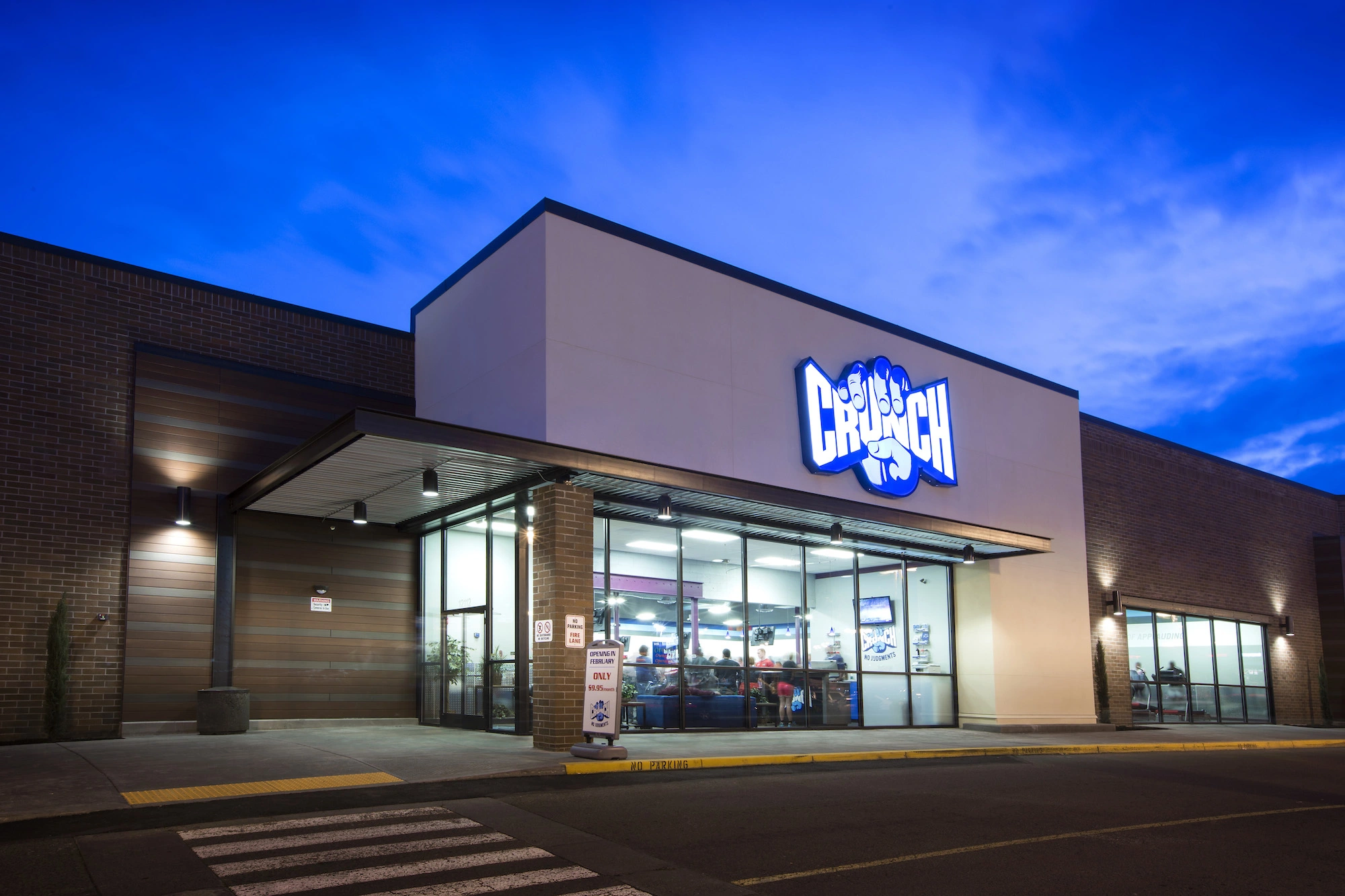Shopping
US retail sales rise in November, boosting holiday shopping outlook

What’s New
Consumers boosted their spending at retail stores in November, providing a solid lift to the U.S. economy as the winter holiday shopping season ramps up.
Retail sales rose 0.7 percent, the Commerce Department reported Tuesday, surpassing October’s 0.5 percent gain. Auto dealers drove much of the increase, with sales jumping 2.6 percent, likely fueled by demand in areas hit by Hurricane Helene and attractive discounts offered by car dealers.
The steady spending comes as retailers increase promotions to lure shoppers during the holiday season.
David Zalubowski/AP
Why It Matters
The strong retail figures underscore the economy’s continued resilience, even as high interest rates weigh on consumers.
Spending trends could influence the Federal Reserve, which is set to announce its latest interest rate decision on Wednesday. While further cuts to borrowing costs are expected next year, the Fed may proceed cautiously, given sustained economic momentum.
However, there are signs of consumer caution, with spending at grocery stores, restaurants and clothing retailers falling.
Analysts believe this year’s holiday shopping season will be solid, though not as robust as previous years, as many Americans feel the pinch of still-high prices despite easing inflation.
What to Know
Besides November’s increases in overall retail sales and auto sales, online retailers saw gains of 1.8 percent. Furniture, electronics and home goods stores also posted modest increases.
Sales at restaurants and bars fell 0.4 percent, while grocery store sales dipped 0.2 percent.
With fewer days between Thanksgiving and Christmas this year, retailers are under pressure to make up for potential losses. Foot traffic remains steady at major shopping centers, but heavy discounts are key to driving sales.
Adobe Analytics reported that “Cyber Week” (Thanksgiving to Cyber Monday) generated $41.1 billion in online sales, up 8.2 percent year over year.
Holiday sales for the full season (November 1 to December 31) are projected to hit $240.8 billion, an 8.4 percent increase from last year.
Black Friday sales rose 3.4 percent, compared with 2022, excluding auto sales, according to Mastercard SpendingPulse.
What People Are Saying
Economists remain cautiously optimistic about holiday spending.
Tim Quinlan, an economist at Wells Fargo: “We ultimately expect this will be a decent holiday sales season for retailers. It’s not going to knock anyone’s socks off…but continued consumer momentum means it’s unlikely to be overly weak either.”
Shoppers themselves are balancing deals with tighter budgets.
Abraham Ferreyra, who bought two coats for $15 each on sale over the weekend at the Newport Centre mall in Jersey City, New Jersey: “We have a mortgage to pay. So we can’t be giving too much.”
What Happens Next
With the top 10 busiest shopping days of the year accounting for 30 percent to 40 percent of all holiday retail traffic, retailers still have major opportunities ahead.
Five of these peak shopping days—including the day after Christmas—are yet to come, according to Sensormatic Solutions.
Retailers, from malls like Newport Centre to major hubs like Easton Town Center in Columbus, Ohio, are reporting steady foot traffic and rising sales.
As holiday deals continue to attract cautious consumers, retailers will look to maintain momentum heading into the final days of the season.
The Fed’s Wednesday decision on interest rates will provide further signals about the economy’s direction as 2025 approaches.
This article includes reporting from the Associated Press.










